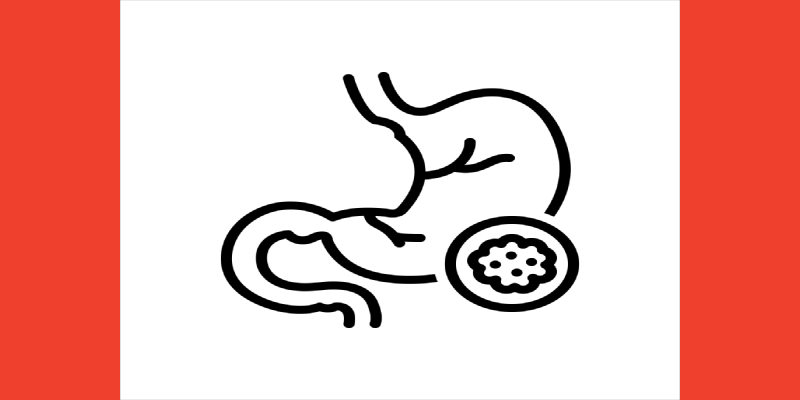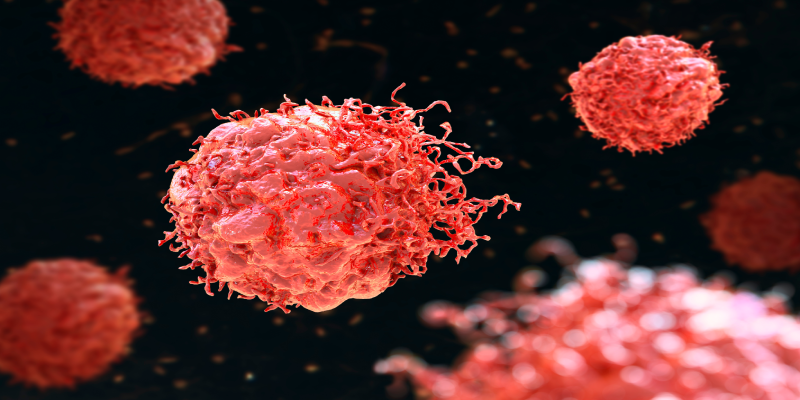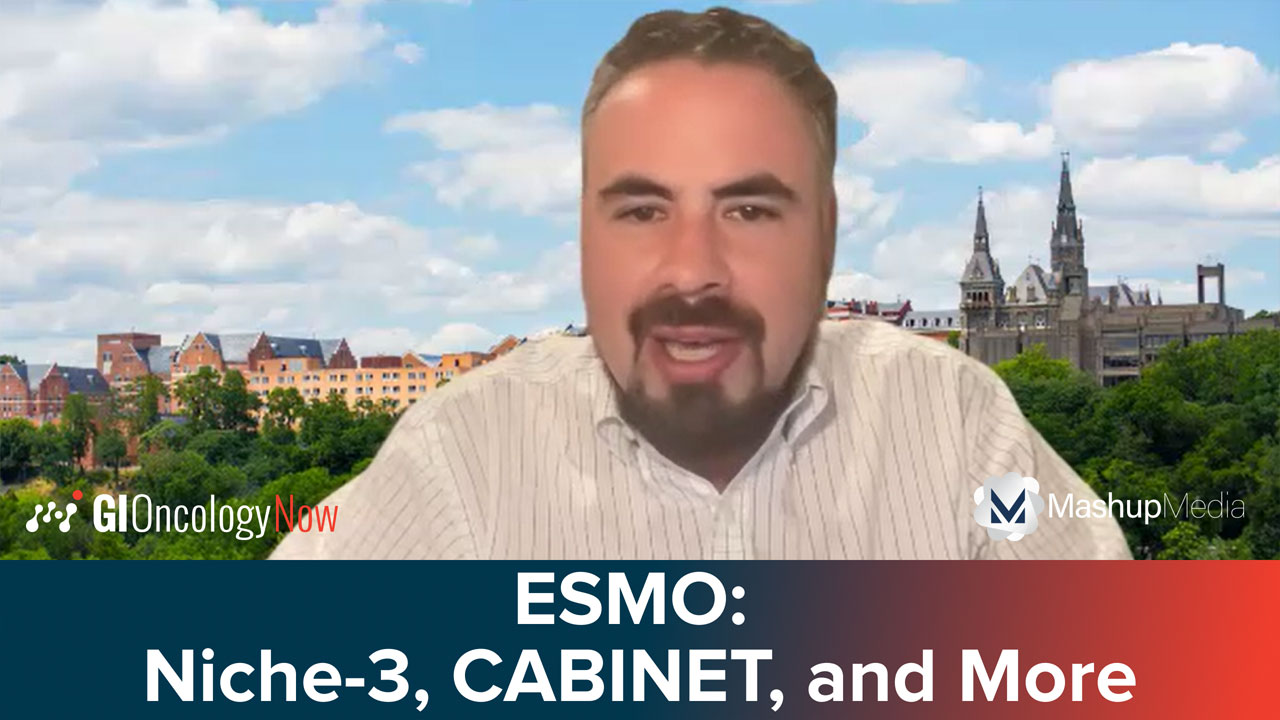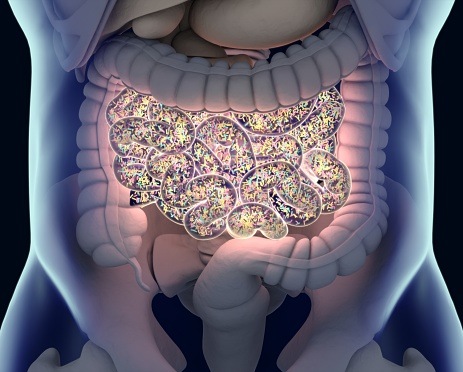
Gastrointestinal stromal tumors (GISTs) occur in about 5,000 patients per year in the United States. Wild type GIST (wtGIST) is a rare subtype that accounts for as much as 10% of all GISTs, and current treatment strategies for this disease are limited.
The [68Ga]-labelled gastrin releasing peptide receptor (GRPR) antagonist NeoBOMB1 has been shown to have high selective binding in GIST derived cell lines, and can be utilized in positron emission tomography (PET) imaging. GRPR has been proposed as a target for radionuclide therapy in wtGIST.
At the 2024 Society of Nuclear Medicine and Molecular Imaging Annual Meeting, David Hulse presented results of a study that evaluated the biodistribution of [68Ga]‐NeoBOMB1 in patients with metastatic wtGIST using PET/CT to estimate the level of expression of GRPR in lesions and to determine the suitability of [68Ga]‐NeoBOMB1 for selecting patients for subsequent therapeutic trials.
The single-arm study enrolled 12 patients with histologically confirmed metastatic succinate dehydrogenase (SDH)-deficient wtGIST. SHDA mutations were found in 6 patients, 1 patient had an SDHB mutation, 1 patient had an SHDC mutation, 2 patients had epigenetic mutations of the SDHC promoter, and 1 patient had a co-existing SDHA mutation and SDHC epimutation.
[68Ga]-NeoBOMB1 3 MBq/Kg +/- 10% (mean 215.6 MBq, range 156.4 – 255.9 MBq;) was administered to each patient intravenously. The mean uptake time was 63.4 minutes (range 60-72). Lesions were manually segmented, and image acquisition was performed on a GE Discovery MI PET/CT scanner (25 cm AFOV, 4 minutes per bed position, vertex to upper thighs) with an unenhanced low-dose CT for attenuation correction and localization.
The targeting properties of [68Ga]-NeoBOMB1 were assessed through lesions identified by PET, SUV values, and tumor background/reference organ ratio. The volume of PET avid disease was compared with volumes derived from staging CT and/or MRI studies.
No [68Ga]-NeoBOMB1 uptake above liver background in tumor lesions occurred in 2 patients. Tumor lesions where uptake was only marginally higher than background liver was noted in another 2 patients. Intense but heterogeneous uptake in known tumor lesions (mean SUVmax 7.7 times above background liver; range 2.5-17.7) was seen in 8 patients.
Substantial heterogeneity in uptake was observed, with lesions showing high avidity mixed with regions with little or no uptake. This points to high variability of the level of GRPR expression both within and between lesions. Physiological uptake was the highest in the pancreas (mean SUVmax 94.4; range 77-177), followed by the liver (mean SUVmax 6.6; range 4.1-9.7) and spleen (mean SUVmax 3.6; range 2.4 – 6.5).
The majority of patients in this study had tumor lesions with intense [68Ga]-NeoBOMB1 uptake, indicating that NeoBOMB1 has highly variable intra-and inter-lesion expression levels. NeoBOMB1 can be used in the theranostic setting for wtGIST where no effective standard of care treatment is available.






 © 2025 Mashup Media, LLC, a Formedics Property. All Rights Reserved.
© 2025 Mashup Media, LLC, a Formedics Property. All Rights Reserved.